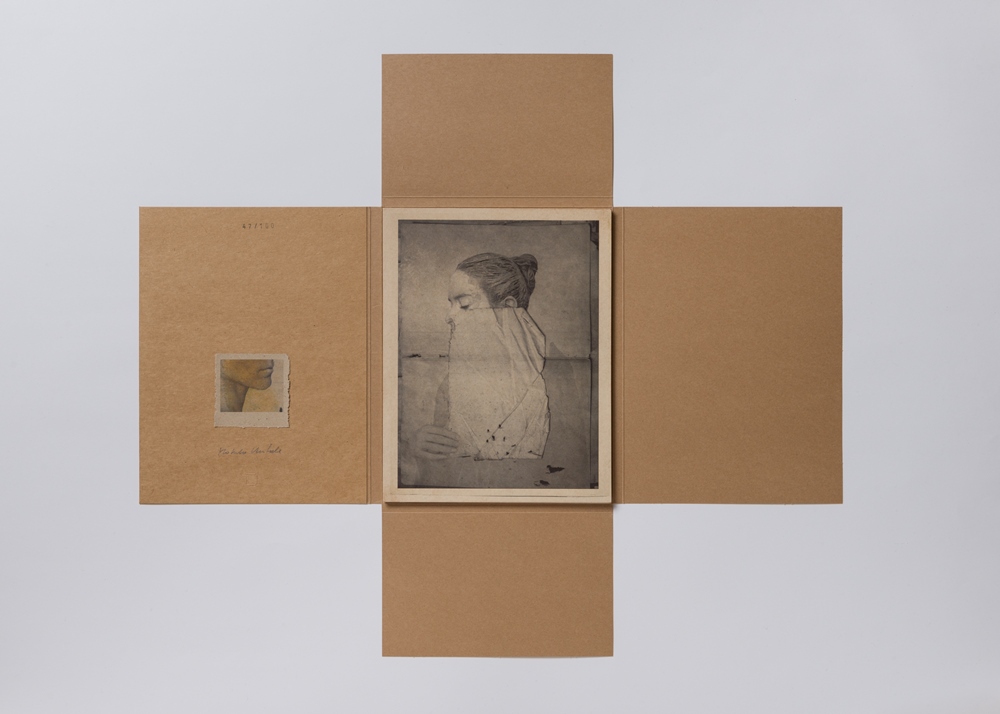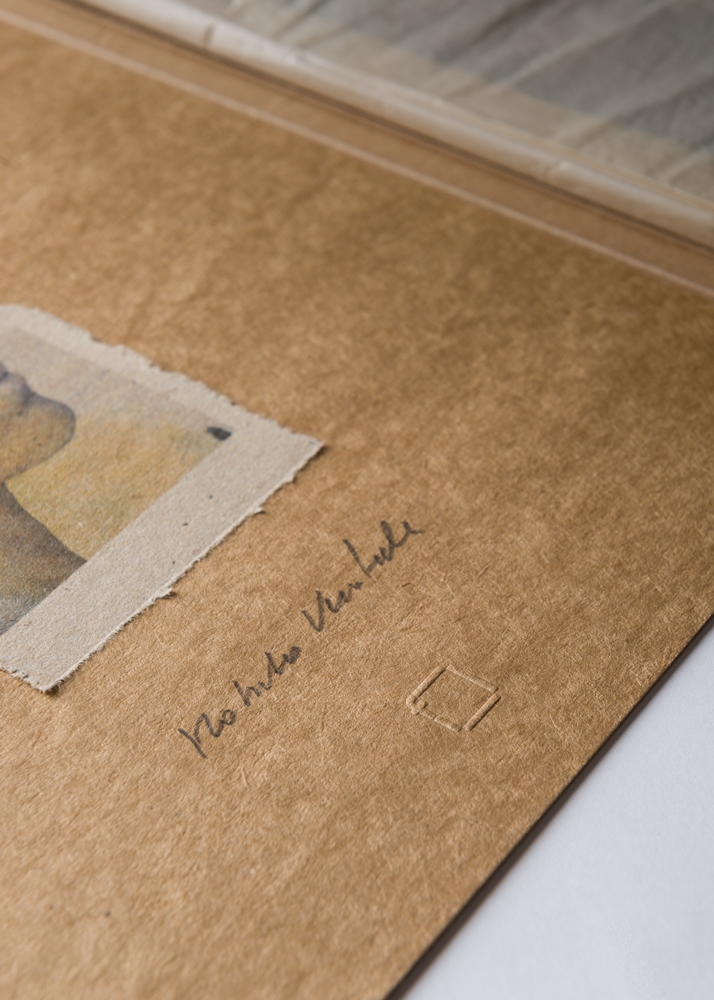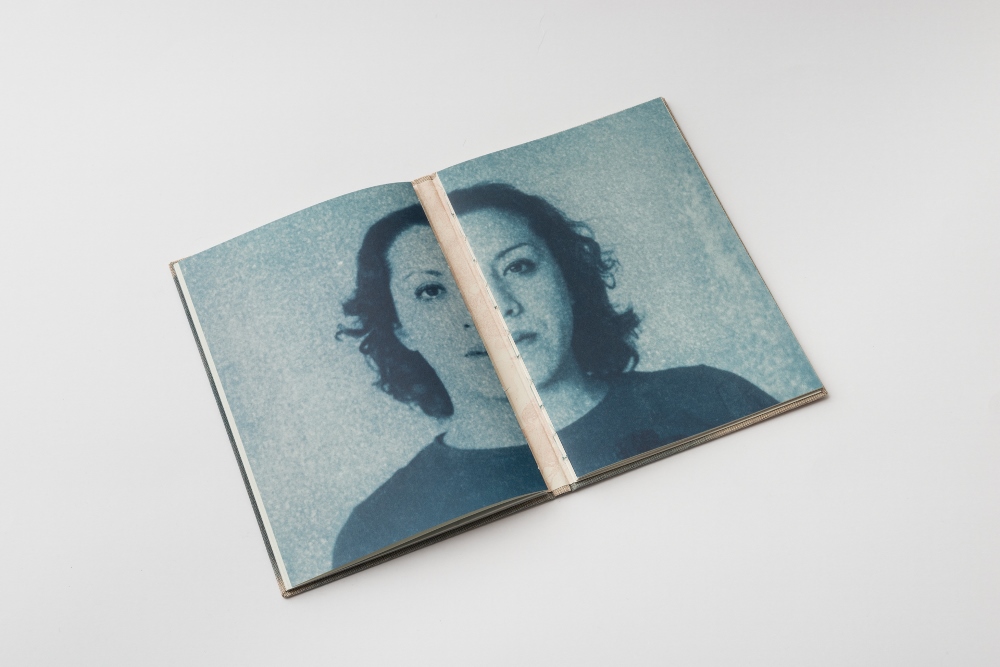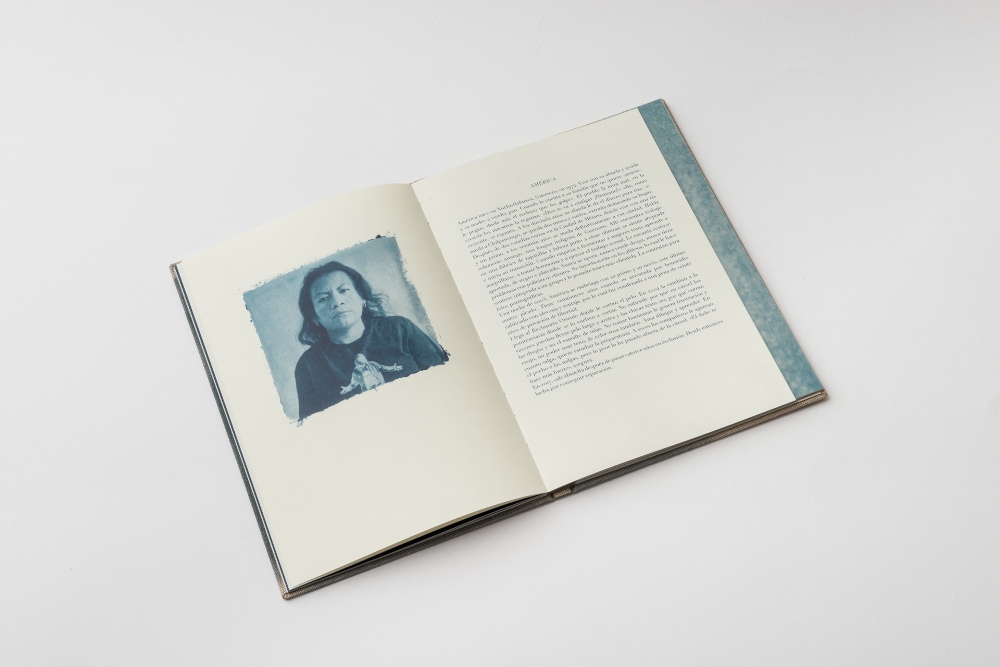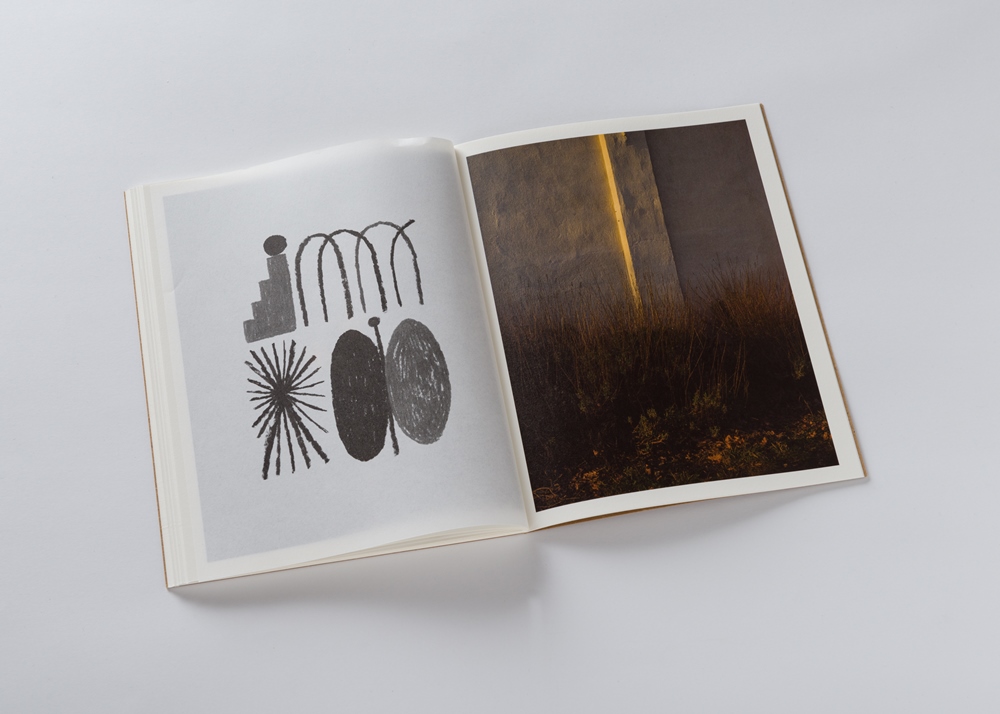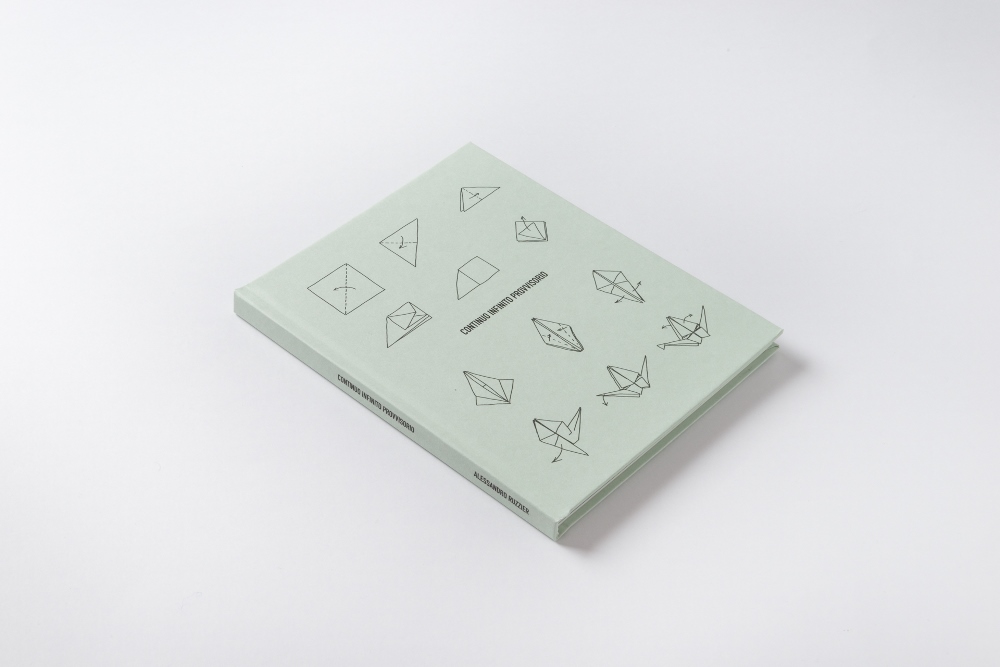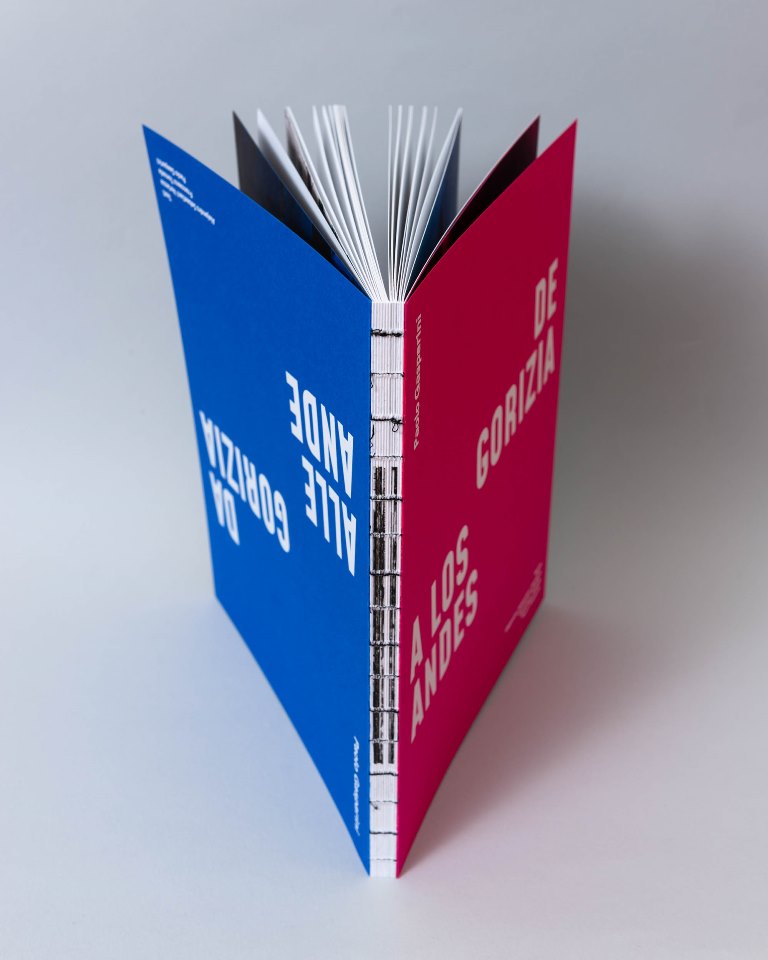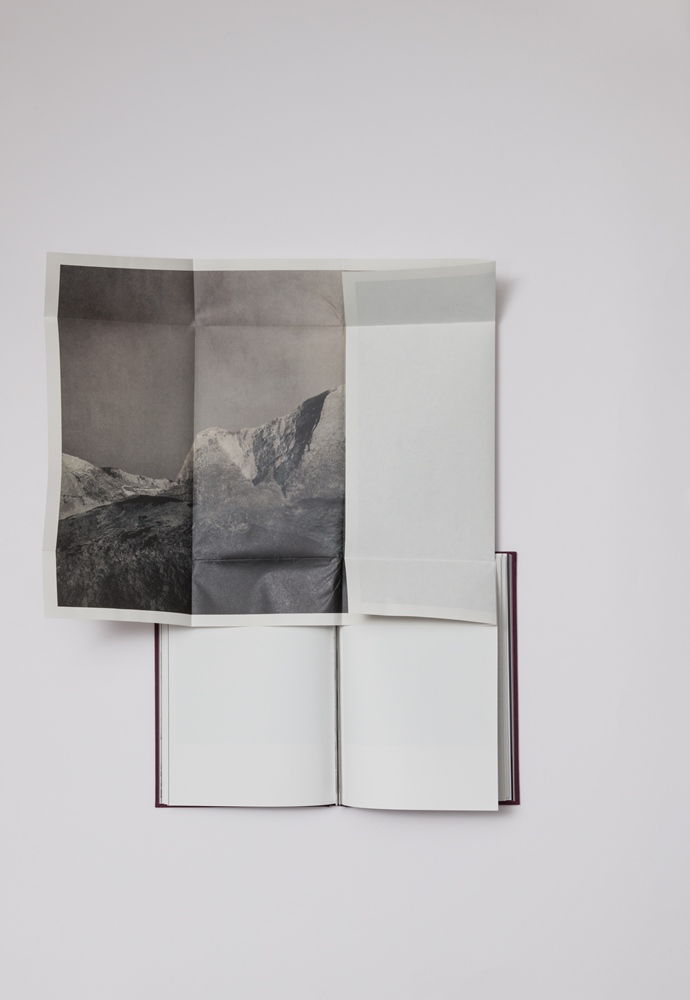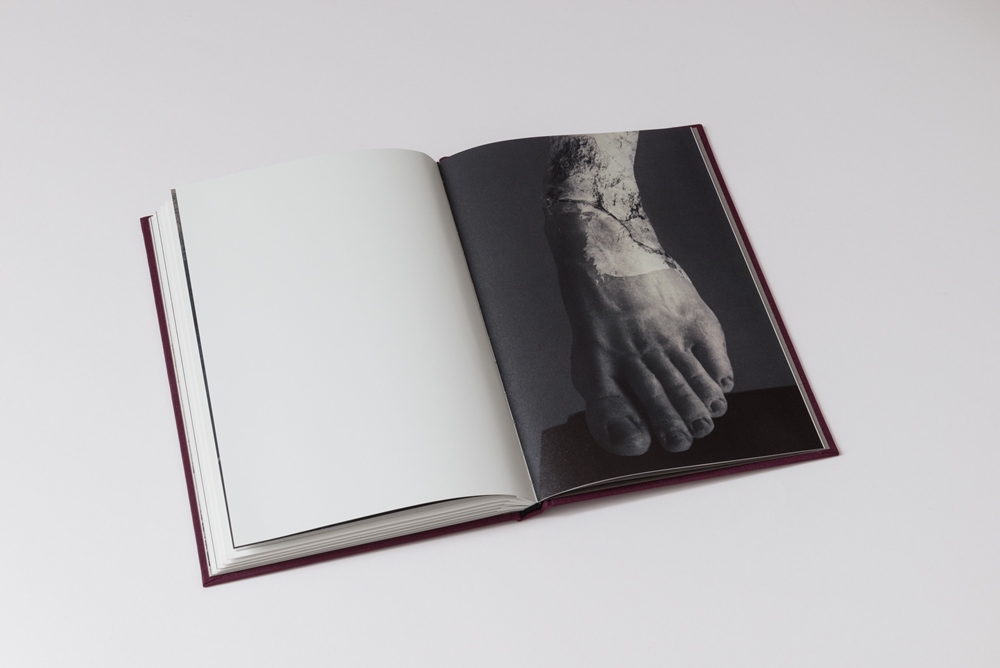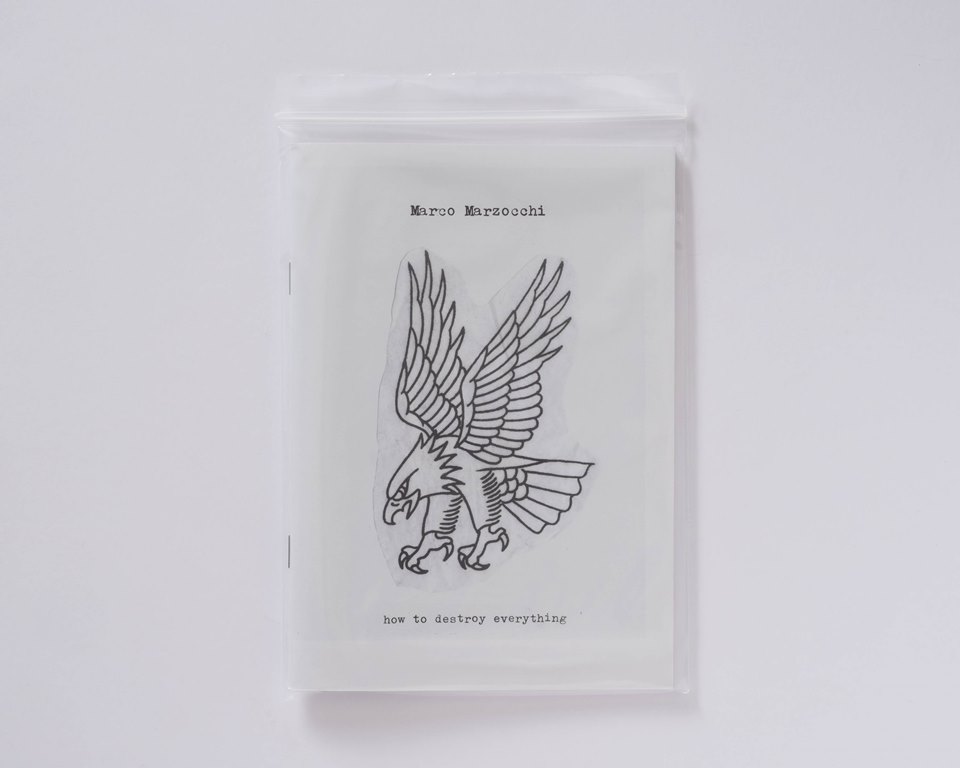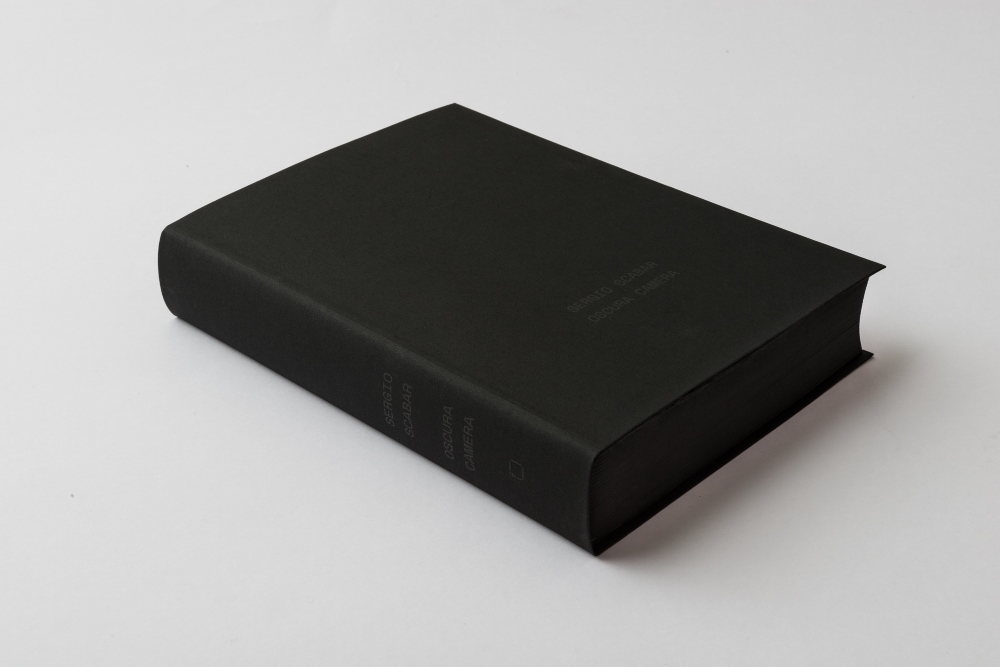Publisher’s Spotlight: studiofaganel
studiofaganel is an art gallery and publisher specializing in contemporary photography founded by Sara Occhipinti and Marco Faganel in 2011 and based in Gorizia, Italy. It currently represents 12 photographers and visual artists and is responsible for promoting their contemporary artistic research. The gallery has organized more than 30 exhibitions, mainly personal exhibitions, always accompanied by a publication. Since 2018 studiofaganel is also an independent publisher and a bookshop specializing in photography. Paraphrasing the famous quote from Ernesto Nathan Rogers, our motto is: ‘from concept to frame’.
Today, photographer, Michael Honegger, interviews publisher, Sara Occhipinti.
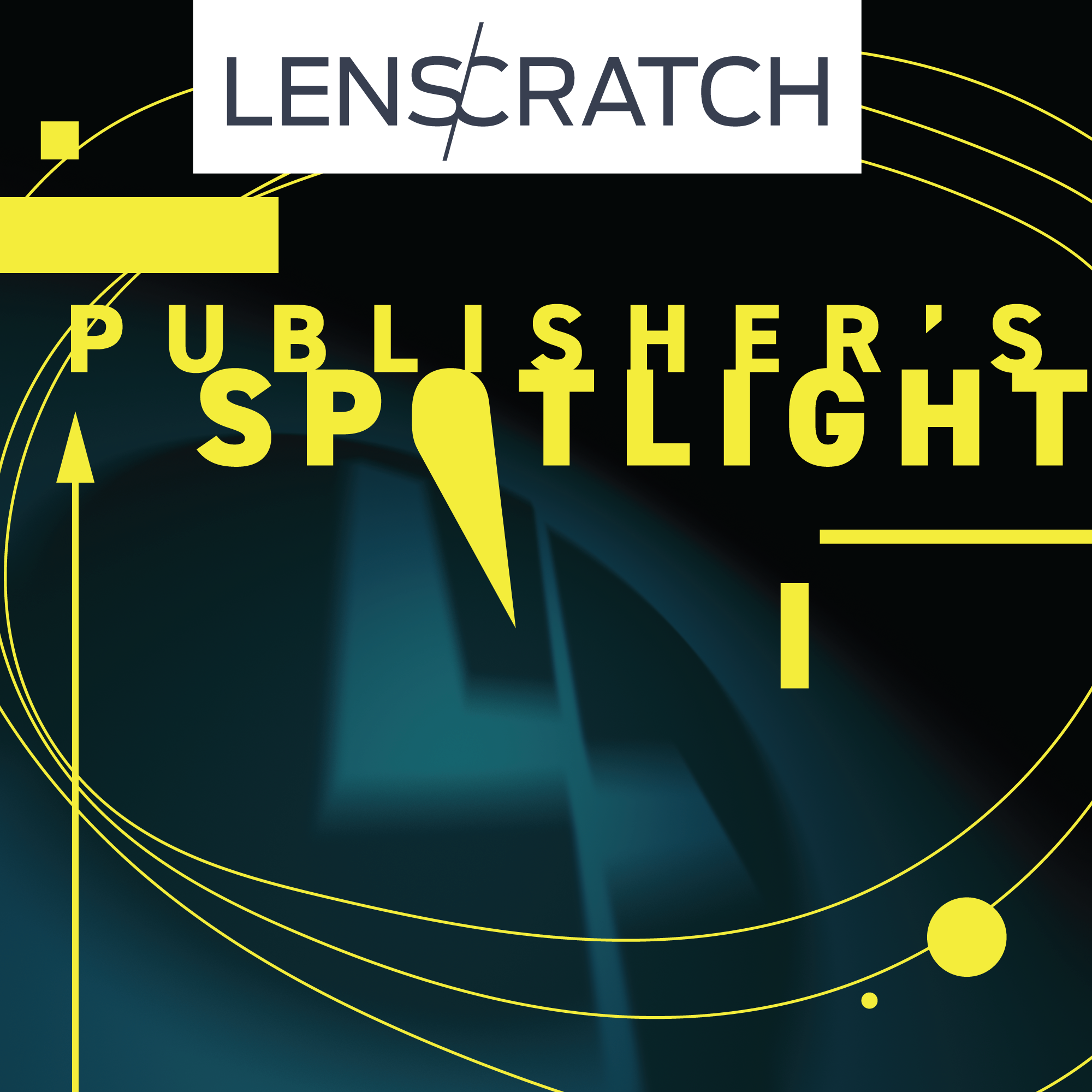 What is your mission as a publisher?
What is your mission as a publisher?
Our specificity is the answer to this question. Being an art gallery influences us as publishers: the roles are inseparable. We believe that developing and producing books is a way to add value to the artists’ work. Hence, we tend to go in the opposite direction of what publishing houses normally do. Even though we have our own taste and some editorial preferences, we do not have a rigid editorial line. Respecting the diversity of each artist, we prefer to work within their world and not have them adapt to constraints imposed by us.
What was the first book you published and what did you learn from that experience?
The answer is not one, but two; due to the fact we simultaneously worked and produced two first books, ‘Continuo Infinito Provvisorio’ (CIP) by Alessandro Ruzzier and “Casa Azul’”by Giulia Iacolutti. They were two very distinct experiences. CIP was a very ‘sustainable’ production, since all the people involved in the production were local. We certainly learned a few things about the working process and about the photobook itself, such as the role of text, how to handle many collaborators and the care required in the printing/binding phase. “Casa Azul”, on the contrary, was a ‘global’ experience at different stages: the photographic project was realized in Mexico, the dummy was the result of an international workshop, and the co-edition was with the French publisher The(M) édition. We learned how important it is as a publisher to support a project/book that addresses social issues about minorities and spreads a message of social inclusion.
What is the focus of your selections?
Our initial choices came from the artists we regularly work with, as we said. It becomes difficult to respond to the numerous ‘external’ proposals we receive, but we’re sure it will not be like this forever. If an exhibition project or a book strikes us and we believe it can be a resource for everyone, exceptions will occur. And that’s what is likely to happen in 2022. What strikes us in a visual project – and it may sound unusual for an art gallery – is more ‘the power of a story’, than the aesthetical and formal quality. We’re attracted by existential and social issues, more than the perfect beauty of a landscape or of a portrait. Another value we appreciate in a work is its interdisciplinarity, in the sense of a broad cultural base and the opportunity to connect different artistic and non-artistic disciplines.
What are the difficulties that you encounter as a publisher?
We usually think positively. Our main limitations depend on our size – we are only two! – and the variety of activities we carry out include framing, art gallery, publishing house and bookshop. This fact has consequences on our investment in book production as we must be selective, and we cannot work on many books at the same time. Anyway, inconvenience and trouble are part of the game that we play. During last two years something different happened due to the pandemic. As art gallery we were closed for a long time, and we couldn’t work, and still now we can’t do as well as in the past, and it does not depend on us. A great part of our program of exhibitions and books was postponed, and we have a long to-do list. We are a bit tired and stressed, but also hopeful: we still think positively.
How can an artist get their work in front of you? Any advice for photographers?
People constantly write to us, and we always reply as we believe it’s better to send a negative response than no response at all. Our advice before sending us proposals is to have a look at our previous publications and artists to evaluate if your work fits with our catalog and profile. We offer these simple recommendations: if your aim is to make a book, look at as many books as you can with a critical and attentive eye; study and learn from those who did it before you, with humility. That is what we have done and continue to do every day to grow and improve. If you need help, do not hesitate to ask for it and do not think that you can do everything by yourself. Rely on experienced and fair people. Do not wear yourself down on criticism of your work but use it as a resource. Do not to limit your research solely to photography but be open to learn and mix disciplines. Sometimes the trigger for a good book depends on reading a novel, watching a film, listening to a music track…: everything you learn is useful in your artistic expression.
How do the economics work become the publisher and artist? Does the artist normally contribute financially to the process? If so, to what extent?
As we said, we are very small publishers and do not produce many books in a year. One of the reasons is that the books are fully funded by us. The contribution that the artists make is represented by the rights they offer us to publish. By contract we generally also give artists a percentage of the print run, both in terms of trade and special editions. It is very hard to maintain these conditions, but we hope to resist, to always having the freedom in our choices we have had up to now.
Is the book design process collaborative?
The bookmaking is a participatory process par excellence in our opinion. A constant communication on the project, between the publisher and the artist, is the ground for choices, goals, decisions, responsibilities, and the results, all shared. Then participation happens, but it is not the same in every case as it depends on the individuals involved. Some artists engage with us right from the conceptual stage, others need support for the graphic design or the printing, while others only for writing the synopsis. In the end, participation is a consequence of the quality of the human relationship we can establish with the artists.
What have you published that has been particularly meaningful?
All our books are meaningful for us! So we’ll address the last three:
‘Ballad Of Woods And Wounds’ (December 2020) by Tomaso Clavarino and Patrizio Anastasi was a challenge because of the close and balanced dialogue between photography and illustration. The delicacy and honesty that the artists dealt with the issue of isolation following the pandemic touched us.
‘How To Destroy Everything’ (December 2020) was a digital zine on Marco Marzocchi’s website, that we loved at first sight and transposed it on paper. It is a very ‘intense’ zine, able to condense the state of helplessness of the pandemic’s first year, but with a strong message of poetry and hope.
‘Da Gorizia alle Ande’ (November 2021), the most experimental project we’ve done until now, with the photographs of Paolo Gasparini and the poems of Alejandro Sebastiani Verlezza, from Caracas, and Francesco Tomada, from Gorizia. The book was a very demanding work conceptually, and for editing and design to create a nice flow between the different authors’ disciplines, cultures, and languages. Here too, the core of the book is the ideal of a saving beauty even if great social contradictions and differences make the world ugly.
How many titles do you normally publish in a year and what new editions are on the horizon?
Since 2019, we’ve published 11 publications, all very different, from the zine to the artbook, but with some common characteristics such as: small-format books, minimal design, non-invasive types, neutral colors, dominance of the image over text, variation of paper types and packaging of the book. They are not so many books but considering COVID lockdowns, continuous slowdowns in work, manic care and attention to quality, and the limits of our team, it is not so bad! We have three publications on the horizon. The first is ‘Padanistan’ by Tomaso Clavarino, edited with Peter Bialobrzeski. We’ll publish it together with Guest Editions (UK) that also is curating the book design. ‘Padanistan’ is a visual investigation into the identity of a non-place, perceived in the collective narrative as a compact, coherent whole, but which turns out to be a set of fragments that have nothing to do with one another. The project is a personal view developed as a long road trip along the main national road that connects Torino to Venezia.
The second photobook is ‘Interno’ by Valerio Polici: a project he has realized passing through numerous European cities during recent years. This wandering allowed Polici to find a measure, a distance from things, slowly building a personal interior geography: the title of the work reflects this double dimension of interior spaces as a metaphor for interior places.
The last will be a volume dedicated to the entire work of Roberto Kusterle from the seventies to today, which we will publish on the occasion of the anthological exhibition, promoted by ERPAC- Regional Body for Cultural Heritage of Friuli Venezia Giulia, that will take place in the spring of 2022.
What specific support do you give artists? Do you have distribution and do you attend book fairs?
As publishers we are available and present during all the bookmaking. Sometimes we suggest a concept or edits, and often we check the texts and the translations. We also deal with the book specs, and we follow the whole printing process. We connect the artist with professionals he/she needs or wants to collaborate with in the project. We look for bookshops to distribute the books (we have also some international distributors) and we promote them sending copies to contests, awards, festivals, and to reviewers and curators. We have not yet participated at fairs in person, but on line, and this is our next goal for 2022. As an art gallery, we always organize a solo exhibition in our space and, after producing the exhibition (framing, video promo, music, etc.), we are available to offer and lend it to other exhibition spaces, private or public, that are happy to collaborate with us.
www.studiofaganel.com
https://www.instagram.com/studiofaganel/
https://www.facebook.com/studiofaganel
https://twitter.com/studiofaganel
Posts on Lenscratch may not be reproduced without the permission of the Lenscratch staff and the photographer.
Recommended
-
Linda Foard Roberts: LamentNovember 25th, 2025
-
Arnold Newman Prize: C. Rose Smith: Scenes of Self: Redressing PatriarchyNovember 24th, 2025
-
Spotlight on the Photographic Arts Council Los AngelesNovember 23rd, 2025
-
The Aline Smithson Next Generation Award: Emilene OrozcoNovember 21st, 2025
-
MATERNAL LEGACIES: OUR MOTHERS OURSELVES EXHIBITIONNovember 20th, 2025

